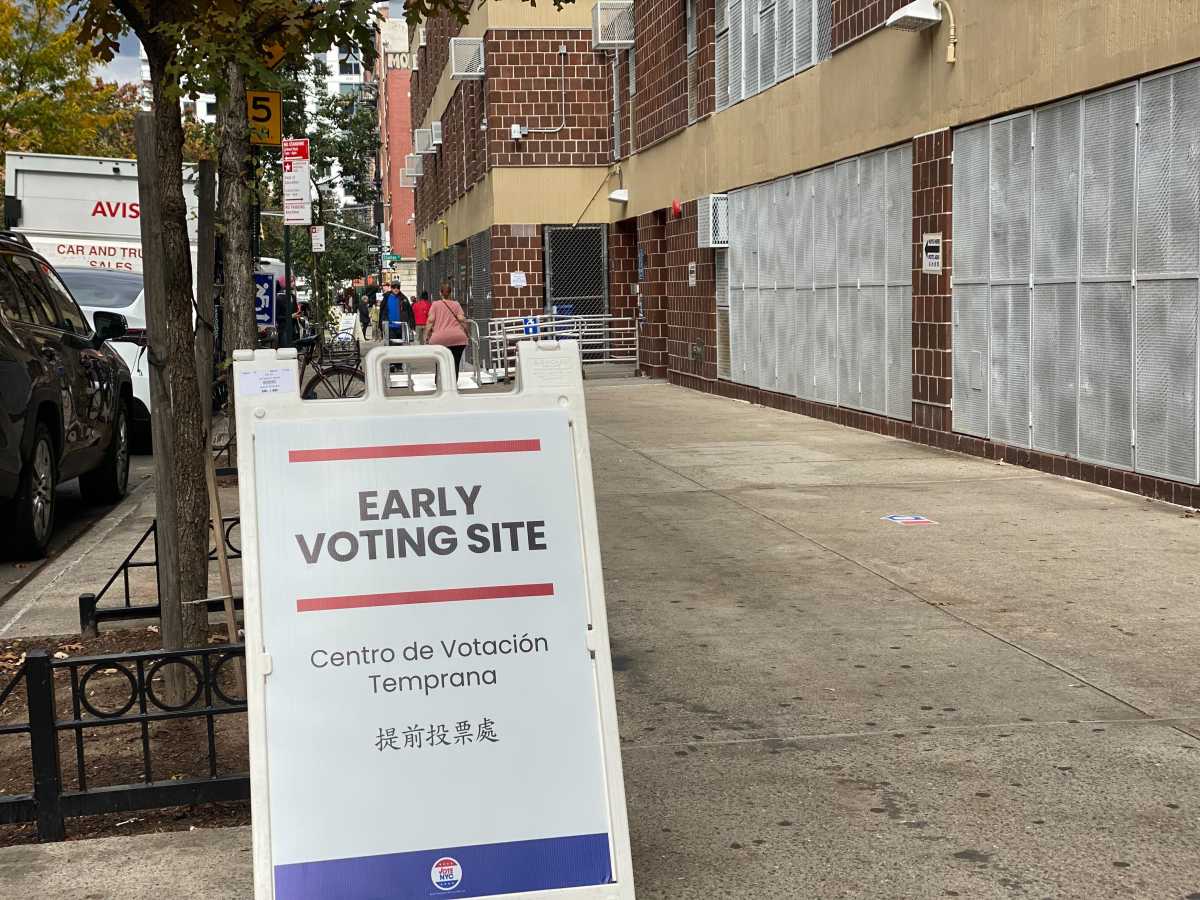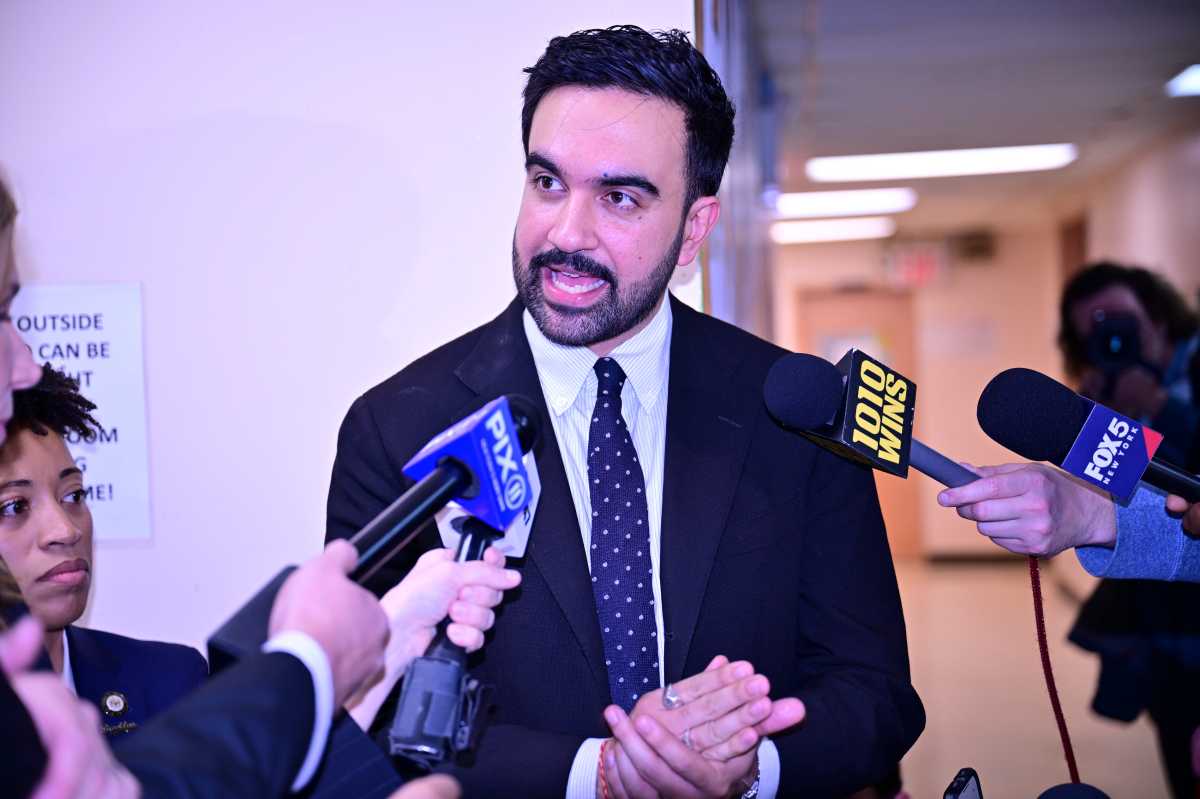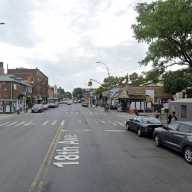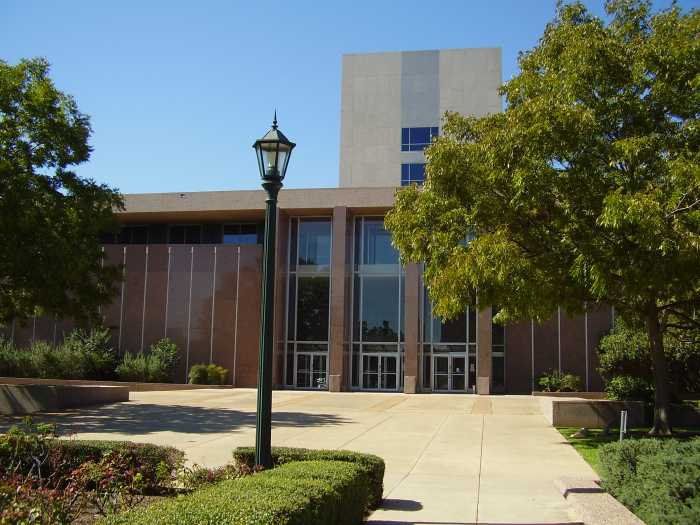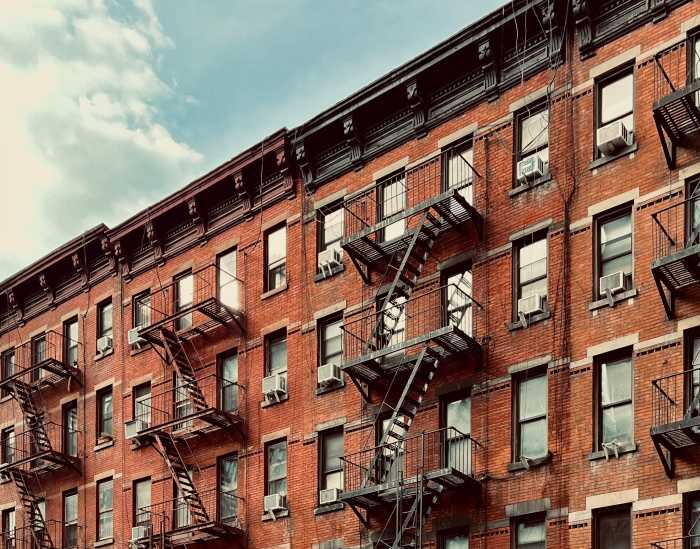Unfortunately, the plan to close Rikers Island took two more significant steps forward last week. This effort is just another chapter in the criminal justice reform lunacy movement that has taken over our city and state.
In a nutshell, the goal is to completely close Rikers Island by 2026 and replace it with four jails in Brooklyn, Manhattan, Queens, and the Bronx.
Last week, the City Planning Commission voted to approve the required zoning changes for the proposed new borough jails, which was a necessity in order to close Rikers. This was no surprise as Mayor de Blasio, who spearheaded this effort, appoints the majority of the Commission members. Two days later the City Council Subcommittee on Landmarks, Public Siting and Maritime Use held a public hearing on the issue.
Here is the rub: the lynchpin of the entire plan is that the jail population in New York City must be reduced to below 5,000 because each of the new borough facilities will only have a capacity of 1,150. To put this number in perspective, in the bad old days of the early 1990’s the daily population at Rikers Island was over 20,000. In the summer of 2017 when the mayor first announced his plan, it was over 9,000. Due to City Hall criminal justice reforms to force a decrease in the jail population, as of July it was about 7,400.
We should be confident that this number will get to the requisite amount below 5,000 because of the policies of our current crop of city and state legislators, as well as District Attorneys. In these times, does anyone doubt that come hell or high water we will get to below 5,000 inmates even if it means having prisoners drawing straws to see who gets released?
Not surprisingly, I have not heard one proponent of this plan ask a pretty logical question: what if the crime rate increases and the prison population rises, and we need more capacity? But this is a silly question these days considering more of our progressive friends advocate for no new jails to replace Rikers because no one should be sent to prison.
A major factor sure to reduce the local jail population is legislation passed by Albany that takes effect in January which eliminates bail for nearly everyone. Therefore, about 99 percent of those arrested will be back on the streets hours after they are arrested.
Expressing the fears of many common sense New Yorkers, NYPD Commissioner James O’Neill said recently, “If your house gets burglarized in 2020 and we make an arrest, that person’s going to be out the same day… there is a core group that varies from 600 to 800 people that are on Rikers Island right now awaiting a court proceeding — next year they’re going to be out and some of these people have gun collars in the past. They have significant violent histories and that’s not how we keep New York City safe.”
We should not have to wait for an innocent New Yorker to be killed or raped by someone a judge was forced to release without bail, and the ensuing news headlines for our new Democratic dominated state legislature to realize the lunacy of their legislation.
District Attorneys are also doing their part to keep those who commit crimes out of jail and ensure we keep the number below 5,000. For example, Brooklyn District Attorney Gonzalez admitted that as part of his Justice 2020 reform plan “non-jail resolutions will be sought at every juncture of a case” except “most often” in murder and rape cases.
No one is saying that the 413-acre complex in the East River is perfect, but if one had to imagine the perfect location for a jail, it would include high fences, lots of barb wire, swift currents, and only one way on and off a bridge. These are the precise characteristics of Rikers Island. Having prisoners in the heart of local neighborhoods would not be an optimal choice.
The complex does need to be improved and modernized, but this can be achieved with temporary facilities and a phased redevelopment plan. Most other problems at Rikers are the result of mismanagement and administration policies, not the location.
In short, the drive to get the jail population below the magic number of 5,000 means early release for criminals, little or no jail time for crimes, and turning a blind eye to others.
If there was any common sense in the City Council they would pass legislation (Intro. 940) introduced by Queens Councilman Robert Holden to create a commission to examine the cost of renovating jail facilities on Rikers Island. However, only five others are currently on board with this move.
Bob Capano has worked for Brooklyn Republican and Democrat elected officials. Follow him on Twitter @bobcapano.





